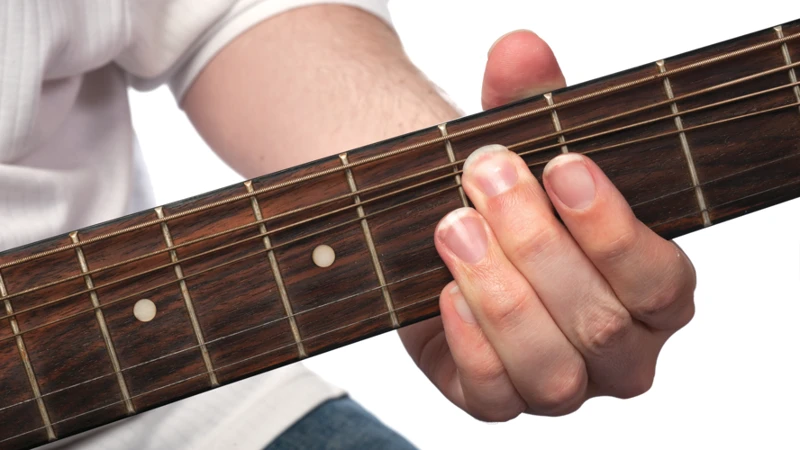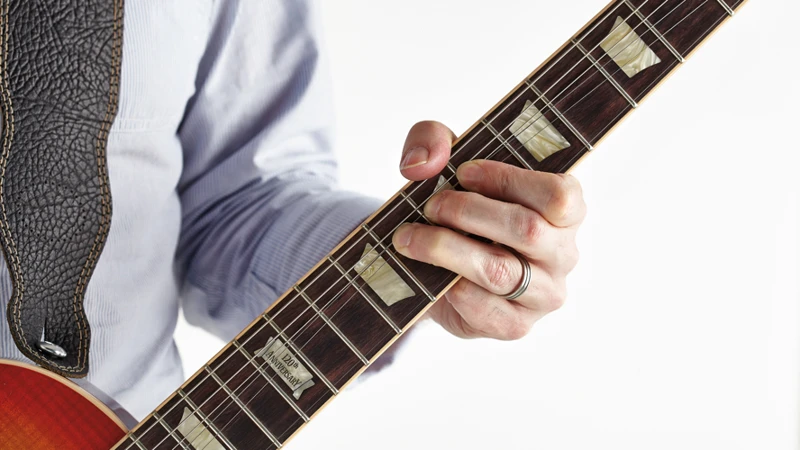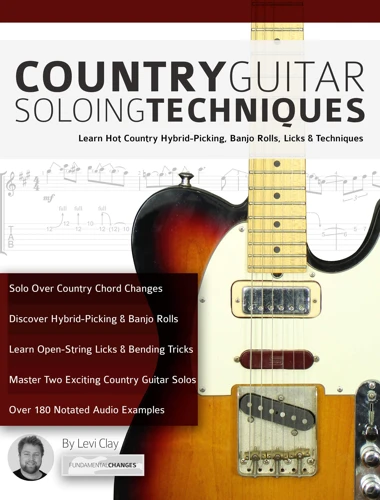Country music is a genre that is rich in history and tradition, with a sound that is instantly recognizable. One of the most distinctive elements of country music is the use of bending techniques on stringed instruments like the guitar. In this article, we will explore the various bending techniques used in country music and how they contribute to the unique sound of this genre.
What is String Bending?
String bending is a guitar technique where the player pushes or pulls the string sideways, changing the pitch of the note. This technique is used to add expression and emotion to the music, and it is a fundamental part of many guitar-based genres, including country music.
Pre-Bends
Pre-bends are a type of string bend where the player bends the string up to a target pitch before picking it. This creates a smooth, sustained note that can be used to add tension and anticipation to a phrase. Pre-bends are often used in country music to create a crying, mournful sound.
Release Bends
Release bends are the opposite of pre-bends. In this technique, the player picks the string while it is already bent, then releases the bend to return to the original pitch. This creates a descending note that can be used to add a sense of longing or sadness to a phrase.
Double Stops
Double stops are a technique where the player picks two strings at once, creating a harmonized note. In country music, double stops are often used in conjunction with string bends to create a full, rich sound. By bending one of the strings, the player can create a dissonant, bluesy sound that adds depth and complexity to the music.
Vibrato
Vibrato is a technique where the player rapidly shakes the string up and down, creating a wavering effect. Vibrato is used to add expression and emotion to a note, and it is a fundamental part of many guitar-based genres, including country music. In country music, vibrato is often used to add a sense of yearning or sadness to a phrase.
Hybrid Picking
Hybrid picking is a technique where the player uses a pick and their fingers to pick the strings. This allows for greater control and flexibility, and it is often used in country music to create a more intricate, nuanced sound. By using hybrid picking, the player can combine string bends, double stops, and vibrato to create a rich, expressive sound.
Bending with a Slide
Bending with a slide is a technique where the player uses a slide to bend the string, rather than their fingers. This creates a smooth, seamless bend that can be sustained for longer than with finger bends. Bending with a slide is often used in country music to create a soulful, expressive sound.
Bending and Releasing
Bending and releasing is a technique where the player bends the string up to a target pitch, holds it for a moment, then releases it back to the original pitch. This creates a dynamic, expressive sound that can be used to add tension and release to a phrase. Bending and releasing is often used in country music to create a sense of yearning or sadness.
Are you interested in exploring different techniques in country music guitar playing? Check out our articles on hybrid picking, unique materials for guitar picks, tapping techniques, slide techniques, and sliding techniques for a deeper dive into the world of country music guitar!
Conclusion
In conclusion, string bending is a fundamental part of country music, and there are many techniques that players can use to create a rich, expressive sound. From pre-bends and release bends to double stops, vibrato, and hybrid picking, there are many ways to add depth and complexity to country music. By mastering these techniques, players can create a unique, personal sound that pays homage to the history and tradition of this great genre.
Whether you’re a beginner or an experienced player, there is always something new to learn when it comes to string bending in country music. So why not try out some of these techniques and see what you can create? With practice and dedication, you can develop your own unique style and become a master of country music bending techniques.





